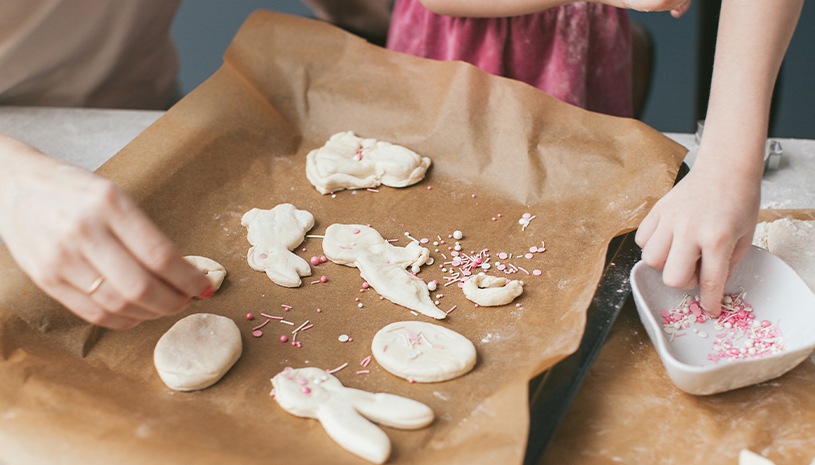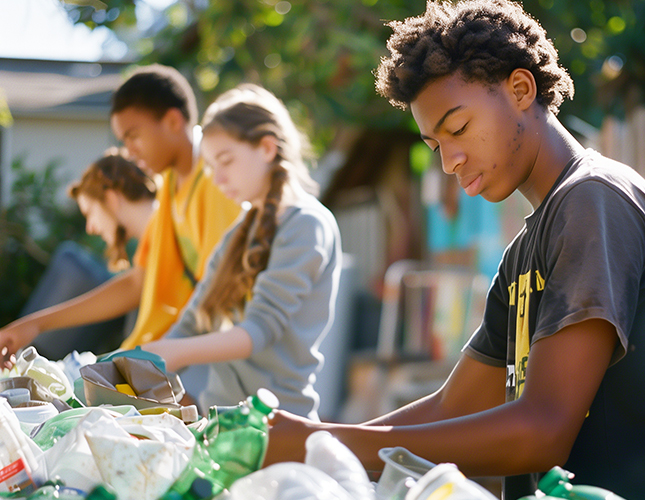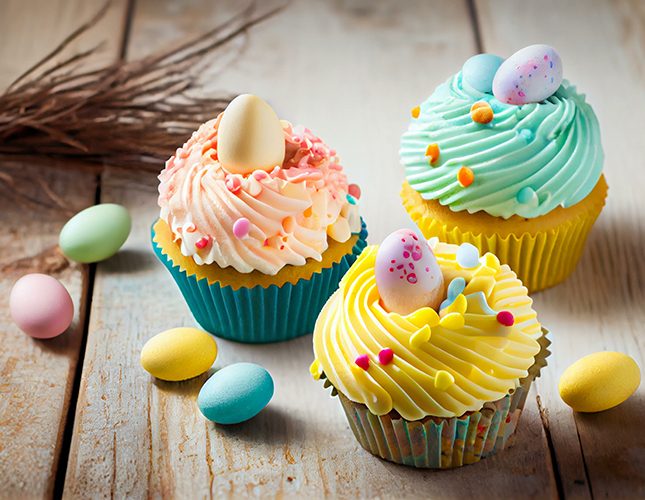How to choose the right chocolates to produce the least amount of waste possible
In many Quebec households, Easter is synonymous with family meals, a long vacation to rest, brunches by the fire, but above all, Easter chocolates! Small, large, white, milk or dark chocolate: Easter chocolates are a delight for young and old people every year. Did you know that chocolate is the most consumed product during this long weekend? More than 85% of Canadians consume chocolate according to 2021 data. Canadians enjoy chocolate more than ham! If you are like us at Ricova and are trying to reduce your environmental footprint, it is worthwhile to pay special attention to the packaging of Easter chocolates. Easter chocolate packaging is diverse and sometimes contains multiple materials. You have to be careful!
Cardboard and aluminum foil: the best choices!
Soft or hard plastic goes straight into the trash
Easter chocolate packaging made of rigid plastic, usually showing a display of a bunny or easter egg, is recyclable only if it is marked with the recycling symbol and numbered to its appropriate plastic type 1, 2 or 5. As for soft plastics, it is not recyclable. There is no outlet for these. It is best to throw them directly into the garbage. However, if cardboard is used for an Easter chocolate wrapper and a plastic display case is on one side, you can always remove the plastic and put the rest of the cardboard in the recycling bin. The important thing is to sort properly. Every gesture counts!
What to do with the decorative items?
Easter chocolate packages sometimes contain decorations that don’t all fit in one place. Take for example:
- The ribbons often used to make bows on a chocolate bunny. Save them and use them to embellish a gift wrap. Otherwise, they go in the garbage.
- The shredded paper in which the chocolate is placed. It should be collected in a separate bag and placed in your recycling bin. This is ideal so that the paper doesn’t spill everywhere during its transfer to the sorting center. This material is volatile and can easily blow away!
- Plastic Easter eggs. Keep them and use them next year! Otherwise, unless they have the famous recycling sign, are identified as plastic 1,2,3,4,5 or 7 and are bigger than a baseball, they go in the garbage.
- Individual chocolate boxes (modeled after muffin tins). Often waxed, they are not recyclable. If they are made of paper, they can be put in the blue bin.
- Plastic nets containing Easter eggs. Even though they are made of plastic, they are not recyclable. They go directly into the garbage.
- Chocolate lollipop sticks. Whether they are plastic or cardboard, they are usually too small to be sorted. It’s best to throw them in the garbage.
- Individual glossy plastic chocolate wrappers. As you can imagine, these wrappers don’t go into the recycling process at all. They go straight into the garbage.
- Pro tip
Having trouble figuring out if the material is recyclable or not? Download the “Where does it go?” app to find out.

Nothing better than homemade desserts
When baking at home, we often eliminate the variable of Easter chocolate wrappers, especially individual ones. Or when necessary, we can choose an alternative that we know is recyclable. Another idea is to encourage artisanal chocolate makers who are not lacking in originality to innovate in packaging that respects environmental requirements. The life span of your Easter chocolate is only a few days, so why should its packaging survive for several hundreds of years? Asking the question is also answering it.
Do not hesitate to contact us if you have any questions:








